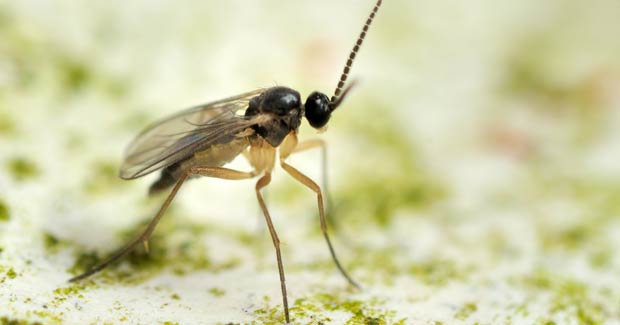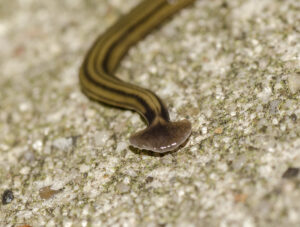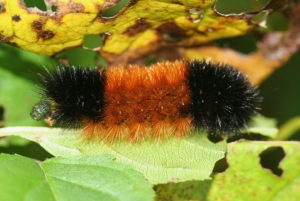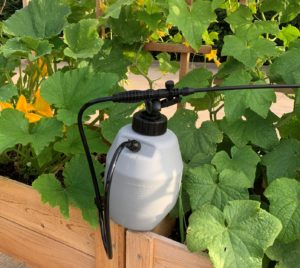Many plant enthusiasts and gardeners throw their hands up in frustration when dealing with fungus gnats. While there are several organic treatment options available, some are disappointed because the methods don’t seem to work. If that describes you, don’t despair. Instead, learn how to implement these five secret strategies so that you, too can eliminate fungus gnats.
What Are Fungus Gnats?
Fungus gnats, or soil gnats as they are also called, are flying agitators that are not only a nuisance to humans and pets, but they can also kill plants and seedlings by eating their roots. They look like miniature mosquitoes that measure between 2.5 and 3 mm long. They have grey-black bodies, segmented antennae, slender legs, black heads, and clear wings. Unlike mosquitoes, they do not sting. They are called fungus gnats because fungus is their main food source.
Amazingly, a female fungus gnat can lay up to 300 white-yellow eggs in damp soil or other organic matter during her one-week life span. The eggs will hatch in three days if the soil temperature is at least 75o F or more (24o C). The larvae, which look like tiny worms, have translucent bodies and black heads. It is this stage that does the most damage to plants as they feed on fungus and any decaying matter found in the soil, including roots. After about two weeks, the larvae pupate, and four days later they transform into adult fungus gnats. Interestingly, the life cycle can be suspended if conditions are not conducive to development.
How Do You Get Fungus Gnats?
Fungus gnats live in damp soil or moist organic matter. They enter your space when new plants, whose soil contains one or more of the four stages of development (egg, larva, pupa, adult), are introduced to your home or garden. Another way they enter your home is simply by flying through open doors, windows, or cracks in your home. Still another way they gain entrance is via bags of soil, potting mix, peat moss, or other growing mediums that are used to start seeds or repot plants.
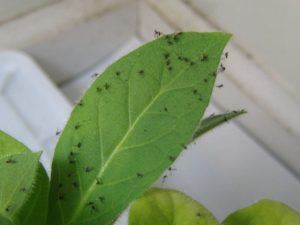
Why Doesn’t Treatment Work?
There are many reasons why treatment can fail. Some of the top reasons include:
delaying treatment until there is a heavy infestation
treatment that targets only one stage of the fungus gnat development
using only one treatment method at a time
improper watering practices that perpetuate the cycle
inconsistent application of treatment methods
ending treatment too soon
Instead of throwing in the towel and throwing out the plant, implement these five secrets to successfully eliminate these pests.
Secret #1 – Don’t Delay, Treat Right Away!
One of the ways fungus gnats can get the upper hand is because they multiply quickly! Thus, it is important to begin treatment as soon as you see one in or near your seedlings and plants. If there is one, rest assured there are more lurking in the shadows. The longer you wait, even just a day or two, the more they will grow in number. It is much easier to eliminate them when they are fewer in number so don’t delay, start treatment right away!
This article contains affiliate links. If you make a purchase using one of these links, I will receive a very small commission at no additional cost to you, and it will help me maintain this website. Rest assured, I only recommend products I actually like!
Secret #2 – Target More Than One Developmental Stage
Keep in mind that at any given time, all four stages of the fungus gnat life cycle (egg, larva, pupa, and adult) may be present in the soil of your plants or seed starts. All they need is a warm, moist environment to thrive. But if you treat only the larval stage, the adults will continue to reproduce. That is why you must target more than one developmental stage at a time. Some treatment options like neem oil can target more than one stage, however, you will need to bring in a secondary treatment to catch the ones that get past the first. When treatment options are used concurrently, they will produce better results.
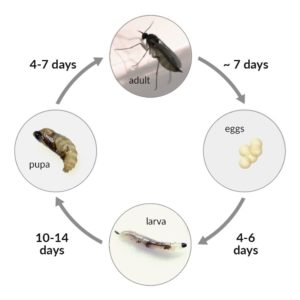
In my article, How to Get Rid Annoying Fungus Gnats, I provide nine effective treatment options that target different stages of the fungus gnat life cycle. Read the article to determine which options are best for you. But it is not enough to layer the methods, you will also need to apply them in a timely manner if you are going to interrupt their life cycle.
Secret #3 – Be Consistent
Winning the battle against fungus gnats must include the consistent application of your preferred treatment methods. There is no such thing as one and done! The right methods with an inconsistent application will fail every time. Develop a treatment timetable and follow it consistently.
Secret #4 – Be Persistent
Fungus gnats are relentless so you will have to be, too. You must also continue treatment even after there are no visible signs of fungus gnats because there could be a few eggs, larvae, or pupae lingering in the soil. The entire life cycle takes about one month to complete. If you halt treatment too soon, the fungus gnats will continue to develop. You will need to continue treatment for at least one month, and preferably longer, to ensure that every stage of the life cycle has been broken.
You should begin to see a reduction in fungus gnats within a few days or so of beginning treatment. Finding dead gnats on sticky traps or fewer crawling in the soil are some of the signs that you are on the right track. If, however, you do not see any improvement in the situation, try introducing another treatment method or combination of methods. Keep trying until you find what works best for you. Perseverance is the key!

Secret #5 – Get Rid of the “Welcome Mat”
Fungus gnats look for an environment that is hospitable. Plants with consistently moist soil or standing water in plant trays are viewed as a welcome mat by fungus gnats. Similarly, decaying plant matter says you’ve come to the right place, make yourself at home! Implementing treatment without eliminating what is attracting the fungus gnats in the first place won’t work. Change your watering practices so that plant soil does not remain damp, discard standing water, and remove any leaves and other plant debris from the soil. In other words, get rid of the welcome mat!
If you implement these five secrets as a part of your treatment strategy, you will be able to eliminate fungus gnats!
Thank you for reading this article! If you found it helpful, please consider sharing it with others via email or social media!
